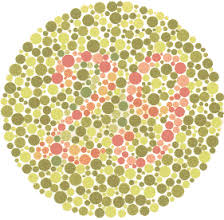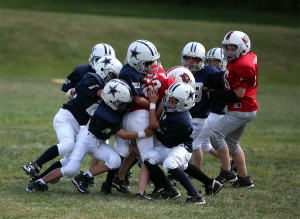In college, it is very typical for a student to stay up late doing school work. With the mixture of being tired and not being motivated to do work, students often rely on some sort of other mechanism to keep them awake. Some people do something as simple as listening to music while others use Adderall. Another substance some students use is 5 hour energy. Unlike Adderall, 5 hour energy is very easy to get your hands on, as it is sold at almost any convenience store, including the ones in the Commons. I have never taken 5 hour energy before, and I am curious to see if it actually works or if it is just a marketing lie. To start off, we will say that the null hypothesis is that 5 hour energy is not effective and the alternative hypothesis is that 5 hour energy is effective. To start off, we will say that the null hypothesis is that 5 hour energy is not effective and the alternative hypothesis is that 5 hour energy is effective.
5 hour energy is usually presented in a 2 ounce small bottle. What makes these so appealing to consumers it the minuscule amount of calories. If one were to consume a Red Bull or any other form of energy drink, they would be taking in over 100 calories. A 2 ounce 5 hour energy shot only contains four calories. The catch, though, is the amount of caffeine. The same amount of caffeine in an energy or soda is compacted into the tiny 5 hour energy container. This large amount of caffeine is what the company uses to make its product effective. Company’s such as 5 hour energy are legally allowed to hide the amount of caffeine they put into the container of energy drink. Scientists who are aware of the unhealthy amount of caffeine are working to make the FDA make 5 hour energy have to tell its consumers exactly how much caffeine is in each 2 ounce shot.
What makes 5 hour energy so enticing is the simplicity to take it, yet the strong affect you will get from it. Chugging a 2 ounce shot is very simple to do, and once you do it you will receive instant energy for a duration of five hours. No other product on the market has such an effective energy booster, which is why 5 hour energy is so popular. People were asked if 5 hour energy is effective and what makes it so great, and one individual said that it does work and that it helps get them through their work day. According to that person, what makes 5 hour energy so great is that, once the product wears out, you do not get negative, tired effects like most energy drinks give you. Another thing that makes it so great is that it uses natural products and not unhealthy, gross chemicals.
A study of 14 men and women between the ages of 18 and 29 was done to determine the effect of 5 hour energy. The sample was divided into 3 groups, one that gave the subjects 5 hour energy, one that gave them a placebo, and one that gave them nothing. For the next six hours, the subjects gave feedback to the researchers describing how they felt. The individuals who consumed the five hour energy had greater energy and less fatigue when compared to the individuals who consumed either a placebo or nothing.
Conclusion:
After doing research on the effectiveness of 5 hour energy, I have learned that it is indeed very effective and a very good way to get an extra boost of energy. Not only is it better for you than most energy products, but it uses natural resources and it is very cheap. Because I have come to the conclusion that 5 hour energy is effective, I will reject the null hypothesis. I may potentially invest in 5 hour energy in the future if I am in need of energy.






















